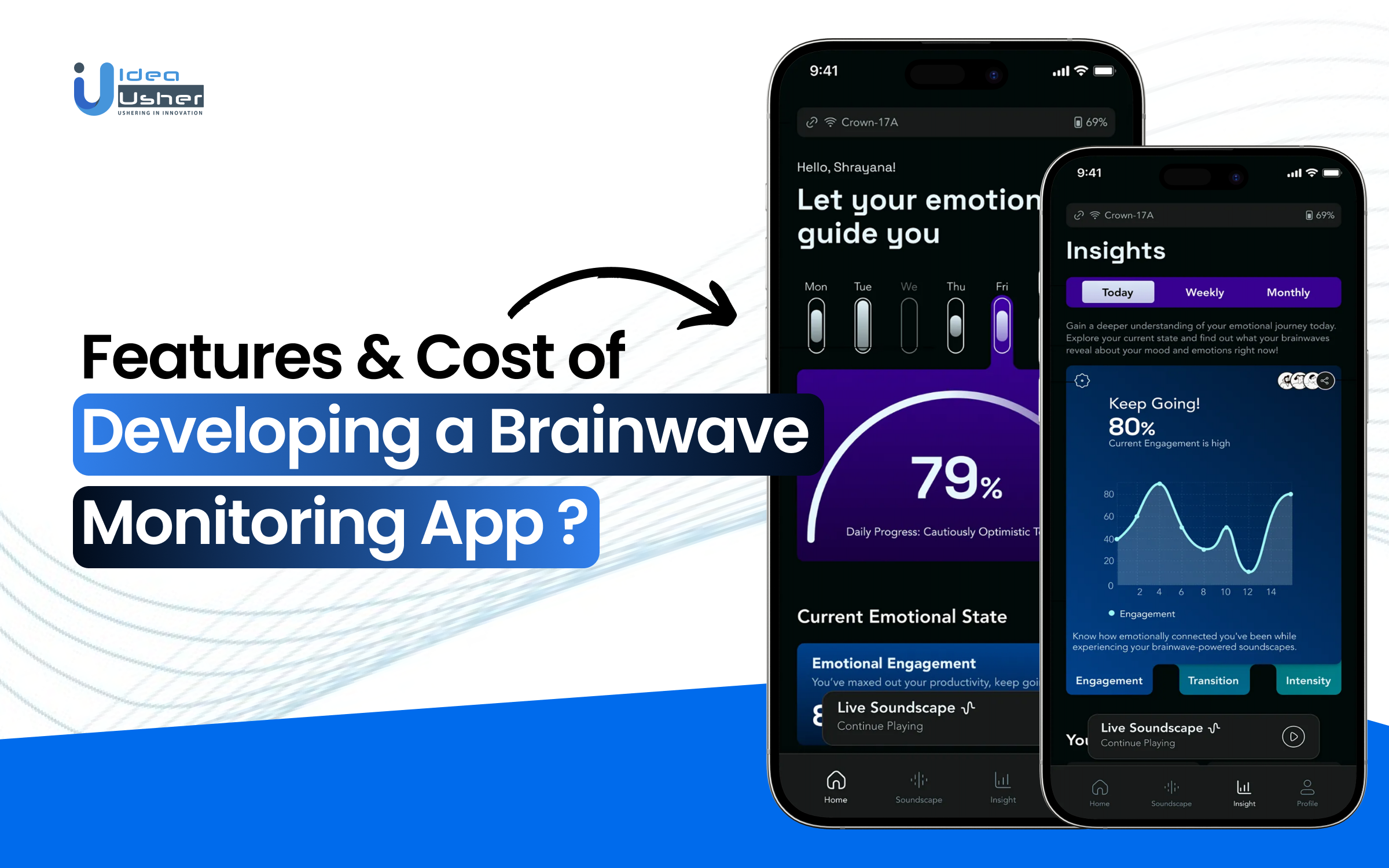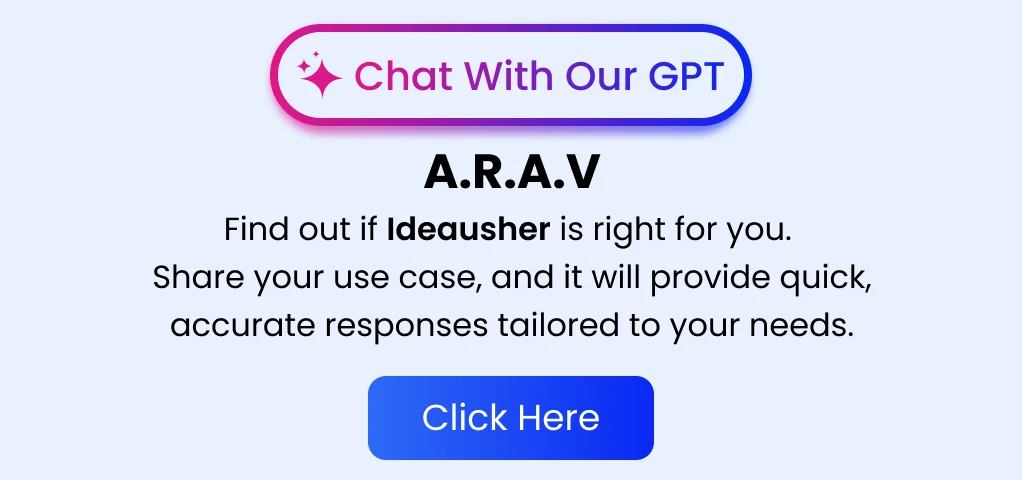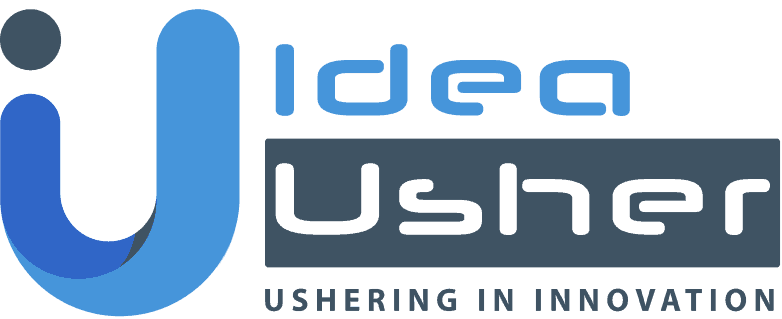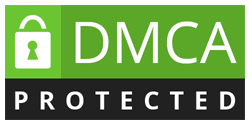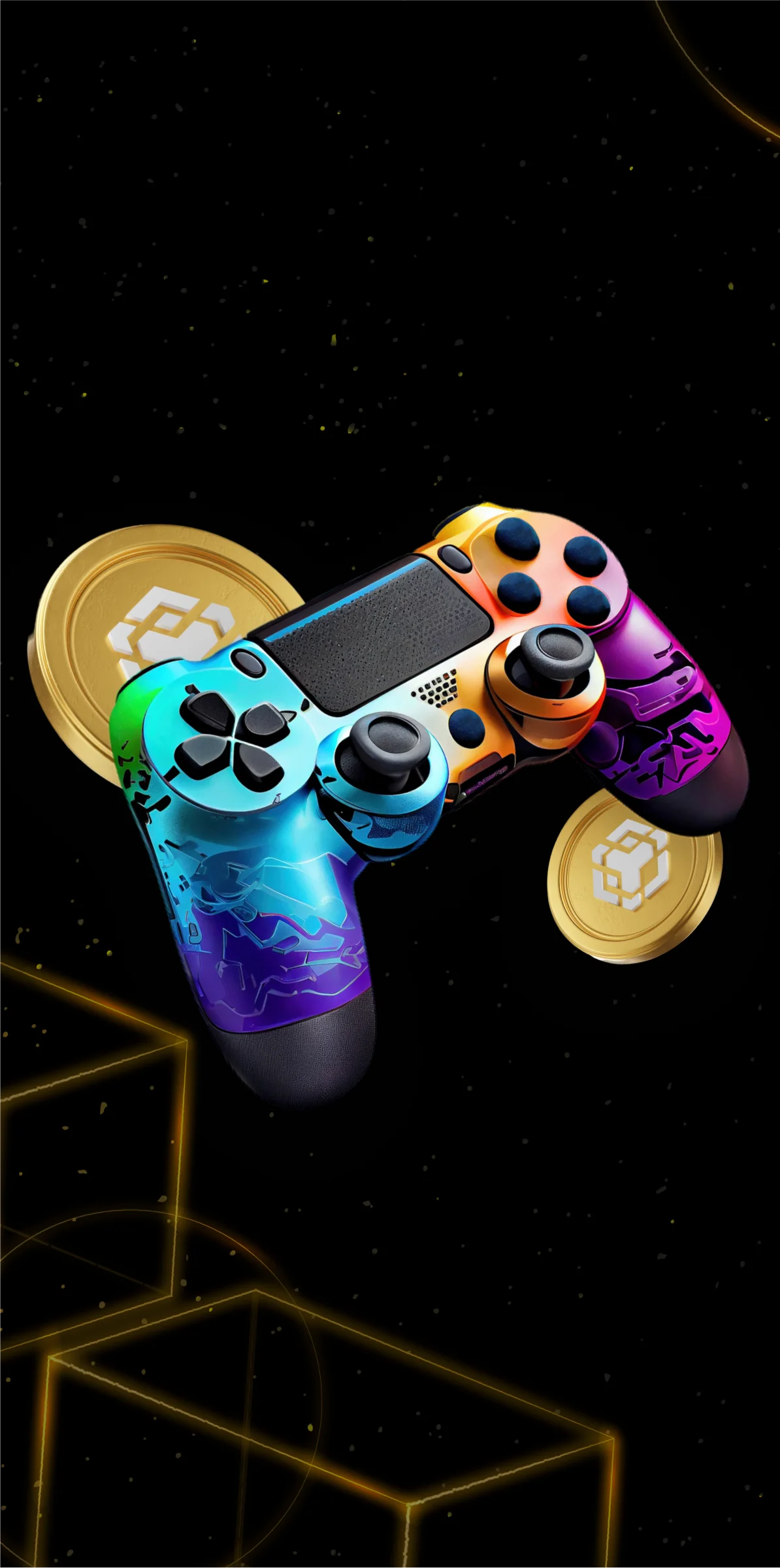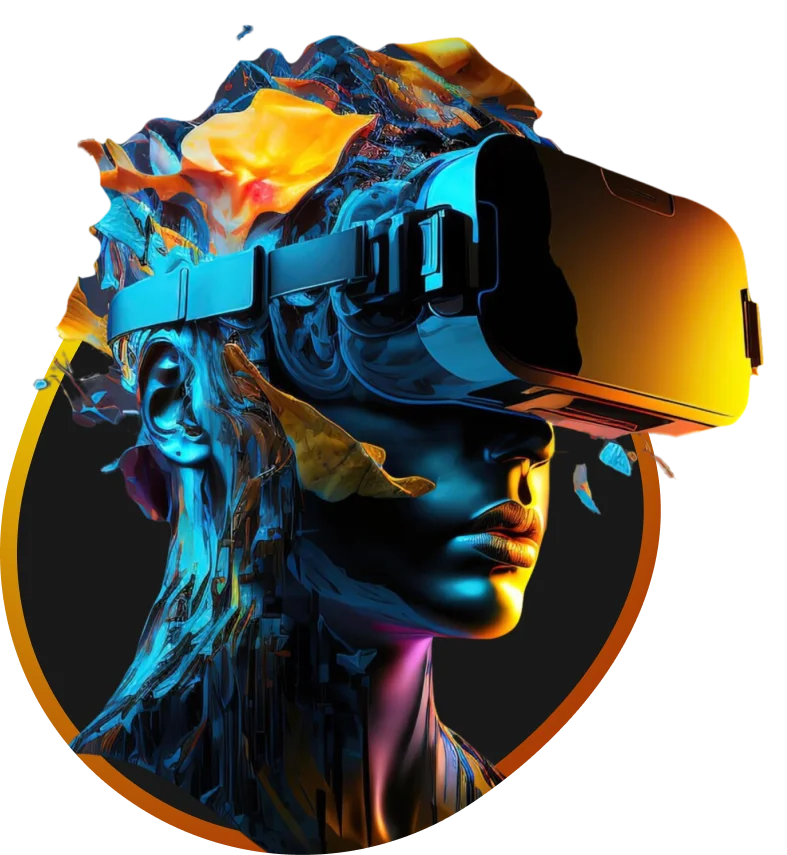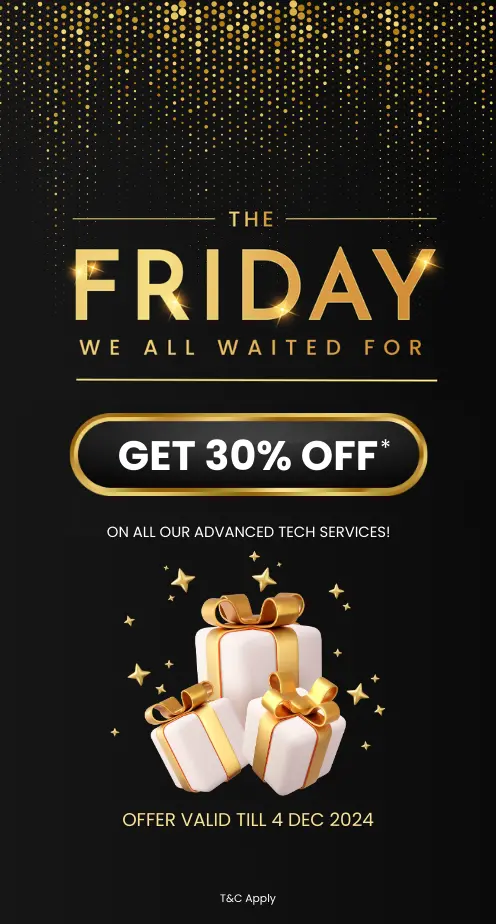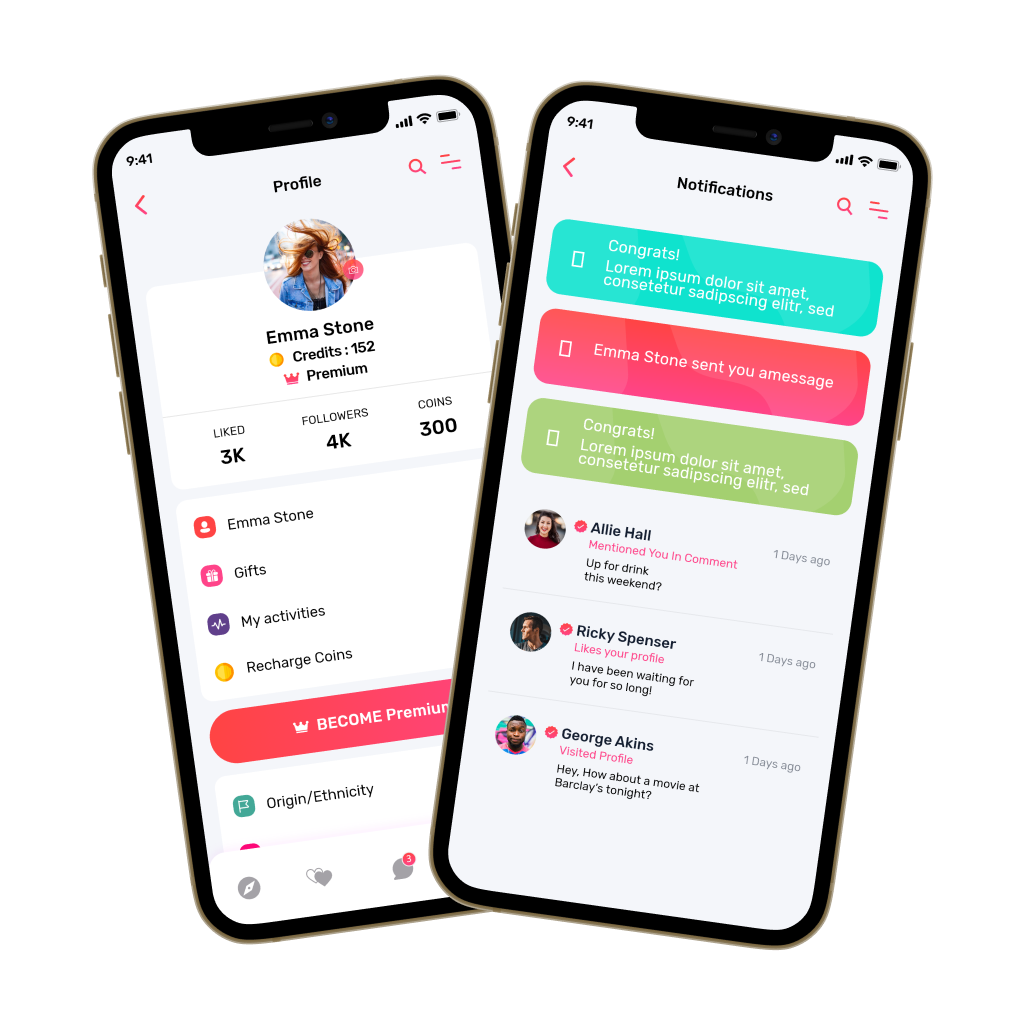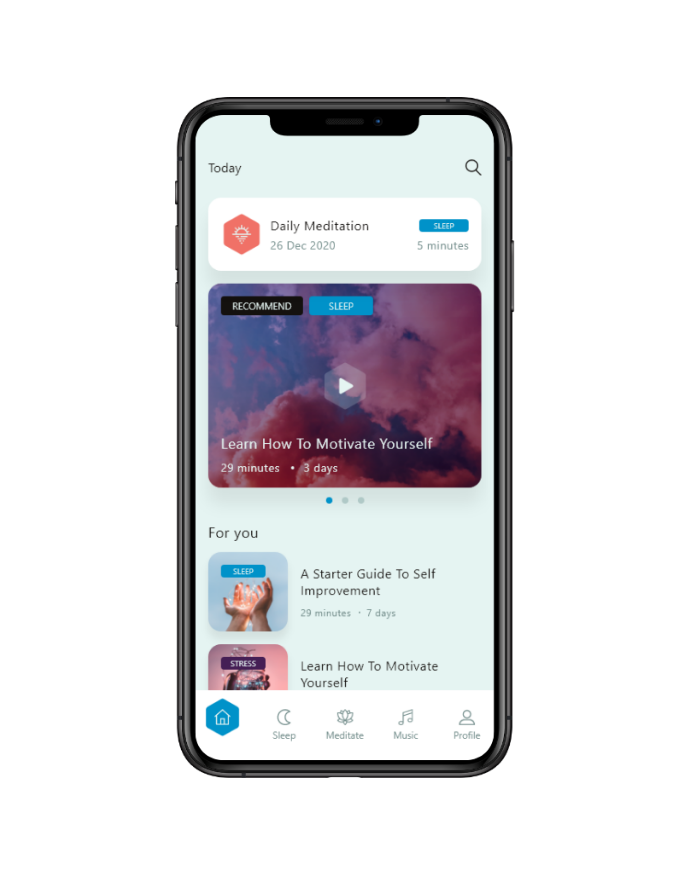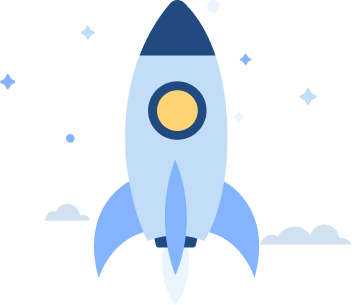Brainwave monitoring technology is becoming more popular. It offers new ways to improve mental health and boost productivity. Using EEG sensors, brainwave monitoring apps help users track and understand their brain’s activity in real-time. This technology opens up opportunities for personalized wellness and mental well-being. As a result, there’s a growing demand for apps that can give valuable insights into brain activity. The global brainwave monitoring market is expected to grow at 12.3% each year. It is projected to reach over $2.5 billion by 2030.
As more people seek brainwave tracking for better mental health, apps like Headspace are leading the way. This app combines brainwave tracking with mindfulness exercises. It made $100 million in revenue in 2022.
Another example is Emotiv Insight. It focuses on neurotechnology and has seen steady growth with an estimated $12 million in revenue.
Creating a brainwave monitoring app involves real-time data analysis and smooth integration with wearable devices. A well-designed and user-friendly app is essential. In this blog, we’ll take a closer look at the key features and costs of developing a successful brainwave monitoring app.
Understanding Brainwave Monitoring Technology
Think of your brain as a busy city, always communicating through invisible signals, kind of like WiFi. EEG sensors are like the “routers” that detect these signals. These non-invasive sensors are placed on your scalp and pick up electrical pulses from neurons (brain cells) firing together. Just like how WiFi routers turn data into internet activity, EEG sensors translate brain activity into readable patterns called brainwaves.
Decoding the Frequency Bands: Your Brain’s “Radio Channels”
Brainwaves come in different frequencies (speeds) and are linked to specific mental states. You can think of them as other radio stations, each tuned to something unique:
- Beta (13-30 Hz): This is the “busy workday” wave. It’s active when you’re focused, making decisions, or solving problems.
- Alpha (8-12 Hz): Think of this as the “calm evening walk.” It dominates when you’re relaxed, daydreaming, or meditating.
- Theta (4-7 Hz): This is the “twilight zone.” It happens during light sleep, deep meditation, or moments of creative inspiration.
- Delta (0.5-3 Hz): The “deep sleep” wave. It’s critical for restorative rest and healing.
- Gamma (30-100 Hz): The “lightning-fast puzzle solver.” It’s linked to heightened perception and learning.
Where It’s Used?
- Mental Health: EEG can detect irregular patterns linked to conditions like ADHD, depression, or anxiety. This allows for more personalized treatments and therapies.
- Meditation & Wellness: Apps like Muse® use real-time Alpha/Theta feedback to help users enhance their mindfulness and meditation practices.
- Gaming: Imagine controlling a video game just with your mind! Companies like Neurable are creating immersive gaming experiences using EEG-driven interfaces.
- Medical Diagnostics: EEG is used to detect seizures (like in epilepsy), monitor sleep disorders, and aid in neurorehabilitation treatments.
Key Market Takeaways for Brainwave Monitoring App
Source: MarketsAndMarkets
With the rise in mental health awareness and growing demand for wellness solutions, consumer interest in these apps has surged. These apps provide personalized feedback on stress levels, focus, and relaxation by monitoring real-time brain activity.
Several innovative brainwave monitoring apps showcase this trend. For example, Muse is a popular headband that uses EEG technology to help users meditate by providing audio cues based on brain activity. It has partnered with various wellness platforms, allowing users to track their mindfulness journey over time.
Another example is NeuroSky, which offers affordable EEG headsets that can be used for gaming and educational purposes, promoting cognitive training through engaging applications. These examples highlight the potential and growing adoption of brainwave monitoring technologies across various industries.
Work with Ex-MAANG developers to build next-gen apps schedule your consultation now
Key Features for a Brainwave Monitoring App
Here are some of the key features of the brainwave monitoring app,
1. Real-Time Brainwave Visualization
These apps show users’ brain activity in real-time. They display EEG data in waveforms or frequency bands. Users can see how their brains shift between different states throughout the day. It’s useful for understanding how the brain reacts to stress, relaxation, focus, or meditation.
Example: Brainwaves by Mindfield
Brainwaves by Mindfield shows users’ brain activity live. They can see their brainwaves in different frequencies like Alpha or Beta. This helps track how focused or relaxed the brain is.
2. Mental State Tracking
These apps track users’ mental states. They monitor focus, stress, relaxation, or meditation levels. By analyzing brainwave patterns, the app gives users insights into their mental state at any given moment. This helps users understand their mood and mental clarity.
Example: Muse
Muse tracks users’ mental state by analyzing brainwaves. It shows if users are focused, relaxed, or stressed. By providing real-time mental state insights, the app helps users make better decisions throughout the day.
3. Neurofeedback Training
Neurofeedback training provides users with exercises that improve brain activity. These exercises can boost concentration, relaxation, or sleep quality. By adjusting brainwaves, users can train their minds to enter desired states like deep focus or relaxation. The feedback guides users on how to improve.
Example: Calm (with Muse integration)
Calm uses Muse’s brainwave data to give users real-time feedback. The app adapts its exercises to improve focus or relaxation. It’s not just meditation; the app helps users improve their mental state based on brainwave data.
4. Data Logging & Analytics
These apps store and track users’ brainwave data over time. Users can reflect on trends in their mental state and monitor improvements. The app stores historical data, allowing users to review past brainwave patterns. By looking at these patterns, users can track progress and make adjustments.
Example: Emotiv Insight
Emotiv Insight logs users’ brainwave activity. It tracks users’ mental state over time and provides detailed insights. Reviewing past data helps users identify when they were most focused or stressed, helping them adjust their habits.
5. Meditation & Mindfulness Integration
These apps adapt meditation and mindfulness sessions based on users’ brain activity. They guide users into deeper states of relaxation or focus. As users meditate, the app monitors their brain’s state and adjusts the session to match their mental needs. This makes mindfulness more effective.
Example: Breethe
Breethe uses users’ brainwave data to guide them through adaptive meditation. The session adjusts in real-time based on focus and relaxation levels. It’s a personalized experience that helps users get the most out of their mindfulness practice.
6. Sleep Monitoring & Analysis
These apps monitor users’ sleep stages by analyzing brainwaves. They track when users enter REM, light sleep, or deep sleep. By analyzing these stages, users can understand their sleep quality and improve their rest.
Example: SleepCycle
SleepCycle monitors users’ sleep using brainwave data. It tracks sleep stages like REM and deep sleep. Users receive insights into sleep quality, helping them improve rest. The app also wakes users at the optimal time in their sleep cycle, ensuring they feel more refreshed.
7. Custom Alerts & Notifications
These apps send alerts when certain brain states are detected. For instance, if stress or distraction is detected, users will receive a notification. These alerts help users stay aware of their mental state and adjust accordingly.
Example: Focus@Will
Focus@Will sends alerts when it detects that users’ focus is slipping. It suggests quick techniques to help them refocus. The app helps users stay productive and sharp, providing reminders when distractions arise.
8. EEG Device Compatibility
The app works with external EEG devices like Muse or Emotiv to gather more accurate brainwave data. These devices provide detailed readings, allowing users to understand their brain activity better.
Example: EmotivPRO
EmotivPRO integrates with Emotiv’s EEG devices to offer detailed brainwave data. This helps users track focus, emotions, and cognitive performance with higher precision. The app gives users reliable insights based on their brain activity.
9. AI-Powered Insights
These apps use AI to analyze users’ brainwave data. The AI learns from patterns and offers personalized recommendations. It might suggest ways to improve sleep, mental performance, or relaxation. As users continue using the app, the AI gets better at offering more precise suggestions.
Example: Neuroon
Neuroon uses AI to analyze users’ brainwaves in real time. It provides personalized tips to improve sleep or mental performance. As users provide more data, the app adapts and becomes more accurate in its recommendations.
10. Cognitive Load Measurement
These apps measure users’ mental effort and cognitive load throughout the day. They track how much strain users are under and help them optimize their productivity. Users can manage their cognitive load to avoid mental fatigue and stay focused.
Example: BrainHQ
BrainHQ tracks users’ cognitive load to measure mental effort. It helps users understand when they’re mentally fatigued or overworked. Based on this data, the app offers exercises to boost mental performance and manage fatigue.
Cost of Developing a Brainwave Monitoring App
| App Type | Cost Range | Key Features | Best For |
| Basic MVP | $80,000 – $120,000 | Real-time brainwave tracking (EEG data visualization)Basic analytics (Alpha/Beta/Theta detection)Single-platform support (iOS or Android)Simple user dashboard | Startups testing market demand or wellness apps without medical-grade requirements |
| Mid-Tier App | $150,000 – $250,000 | AI-driven insights (stress detection, focus scoring)Cross-platform compatibility (iOS, Android, wearables)HIPAA/GDPR complianceThird-party EEG device integrationCustomizable alerts & reports | Mental health clinics, meditation apps, corporate wellness programs |
| Enterprise-Grade App | $300,000+ | FDA clearance (for clinical diagnostics)Custom EEG hardware integrationAdvanced machine learning modelsLongitudinal data storage & research toolsWhite-labeling for healthcare providers | Hospitals, neurotech companies, and clinical research institutions |
Key Factors Affecting Development Costs
Here are some key factors that can affect the development cost of a brainwave monitoring app,
- AI/ML Complexity: More advanced algorithms and machine learning models require greater expertise and resources, increasing development costs.
- Compliance Needs: Medical-grade apps that need HIPAA or FDA approval require additional security measures, testing, and regulatory compliance, which can drive up costs.
- Hardware Partnerships: Supporting multiple EEG devices (such as NeuroSky, Muse, or Emotiv) involves additional integration work, impacting the overall development cost.
- UI/UX Customization: Different design requirements for clinician-facing versus consumer-facing interfaces add complexity. Customization for various user groups (e.g., healthcare professionals vs. general users) increases the development effort.
Need a Precise Estimate?
Costs can vary based on your specific requirements. [Book a free consultation] to get a tailored quote for your brainwave app project!
Why Choose Us?
- Transparent pricing – No hidden fees
- Neuroscience expertise – Accurate, clinically validated models
- End-to-end development – From MVP to FDA-compliant solutions
Most Successful Business Models for Brainwave Monitoring Apps
Brainwave monitoring apps are growing as EEG technology offers a wide range of uses. These apps track brain activity for health, learning, gaming, and more. There are a few business models that have worked really well in this space. Let’s look at the top ones.
1. Subscription-Based Model
This model charges users a recurring fee for access to features or services. It works well for apps focused on meditation, mental health, or cognitive training. These apps provide continuous value through personalized insights or progress tracking.
Examples:
- Calm & Headspace: These apps use EEG-based features to help with meditation. Users pay around $12–$15 per month for access to all features.
- Muse: Muse sells an EEG headset paired with an app for guided meditation. It also has a subscription for ongoing sessions and progress tracking.
2. Educational Licensing Model
This model targets schools and universities. Apps are licensed for use in classrooms to improve learning by tracking student focus and cognitive performance. Schools pay a licensing fee for access to these tools.
Examples:
- FocusEdu: This app tracks student attention and helps optimize learning.
- BrainCo: Provides tools for schools to monitor focus and improve student performance.
BrainCo’s tools are used by over 300 schools, with licensing fees ranging from $5,000 to $20,000 per year.
3. Research Collaboration Model
This model involves partnerships with academic or healthcare institutions. Brainwave monitoring apps are used for clinical studies, mental health assessments, or cognitive research. Apps help collect data or support new product development.
Examples:
- OpenBCI: Partners with academic and research institutions, providing EEG hardware and data tools.
- Emotiv Insight: Works with healthcare providers to offer brainwave diagnostics and support mental health treatments.
Conclusion
Brainwave meditation apps are not just another wellness trend. They are a breakthrough in personalized mental health. But creating a successful app isn’t just about writing code. It takes expertise in neuroscience, a solid understanding of regulations, and precise AI. These are the things we bring to the table. From FDA-compliant development to clinically validated algorithms, we’ve helped both startups and big companies launch effective and scalable brainwave apps.
Looking to Develop a Brainwave Monitoring App?
At Idea Usher, we have the expertise to bring your vision to life. With over 500,000 hours of coding experience and a team of ex-MAANG/FAANG developers, we’re equipped to create a high-quality app tailored to your needs. Whether it’s EEG integration, AI-driven insights, or advanced analytics, we’ve got you covered.
Check out our latest projects to see what kind of work we can do for you.
Work with Ex-MAANG developers to build next-gen apps schedule your consultation now
FAQ
Q1: How to develop a brain wave monitoring app?
A1: To build a brain wave monitoring app, start by integrating EEG devices that can measure brain activity. Then, create algorithms that process this data, often with AI. The app should have an easy-to-use interface that shows users their brain activity and provides useful insights. It’s important to work with neuroscience experts and meet privacy standards for accuracy and safety.
Q2: What is the cost of developing a brain wave monitoring app?
A2: The cost of creating a brain wave monitoring app depends on the features and complexity. Things like AI for data analysis, compatibility with EEG devices, and having a user-friendly interface all add to the cost. The more advanced the features and the level of precision needed, the higher the development cost will be.
Q3: What are the features of a brain wave monitoring app?
A3: These apps usually show real-time brain activity. Users can see their brainwaves in action. Many apps include AI-powered insights like tracking stress levels, focus, and personalized tips. Some also offer customizable alerts, support for multiple devices, and tools for improving meditation or sleep through brainwave data.
Q4: How brain wave monitoring apps make money?
A4: Brain wave monitoring apps usually make money through subscriptions. They might have different plans with basic and premium features. Some apps also partner with EEG device makers or sell the devices directly. In-app purchases for things like personalized meditation plans or more detailed data analysis are also common.
